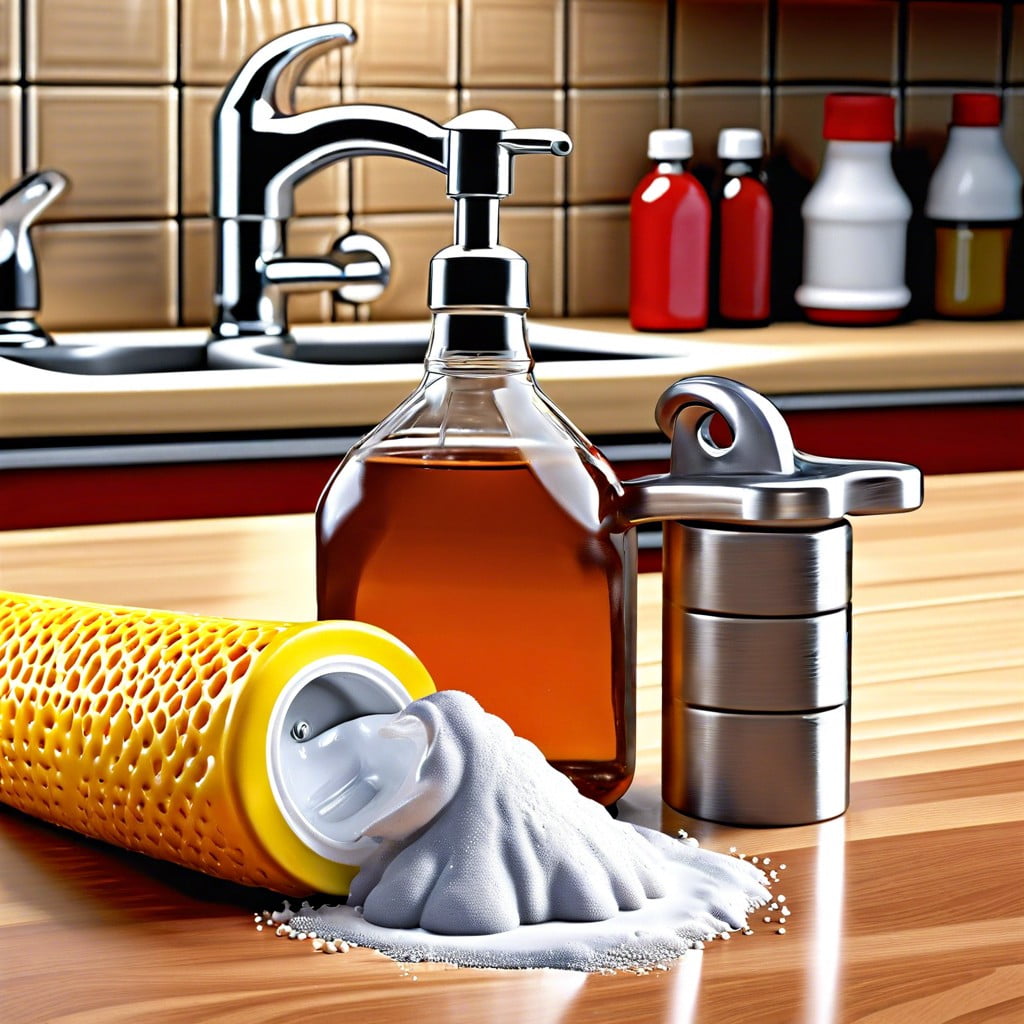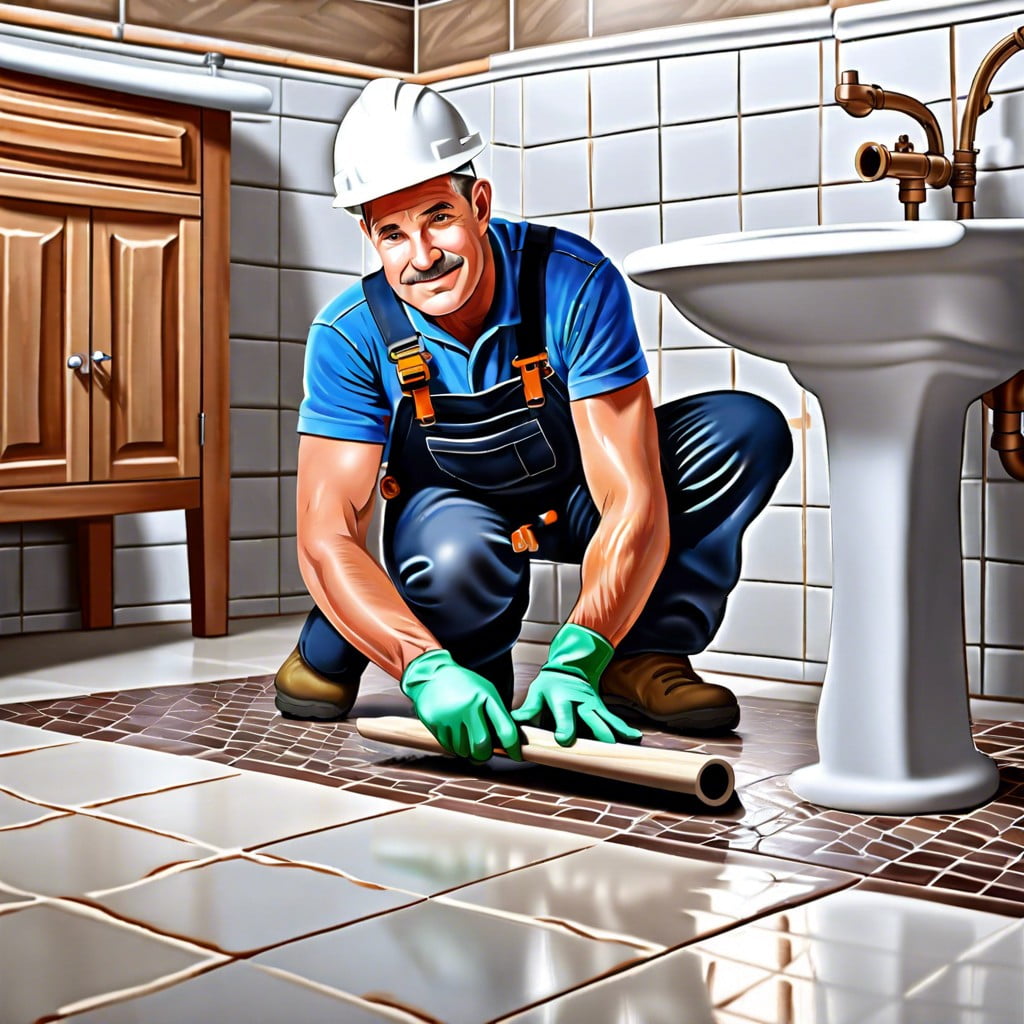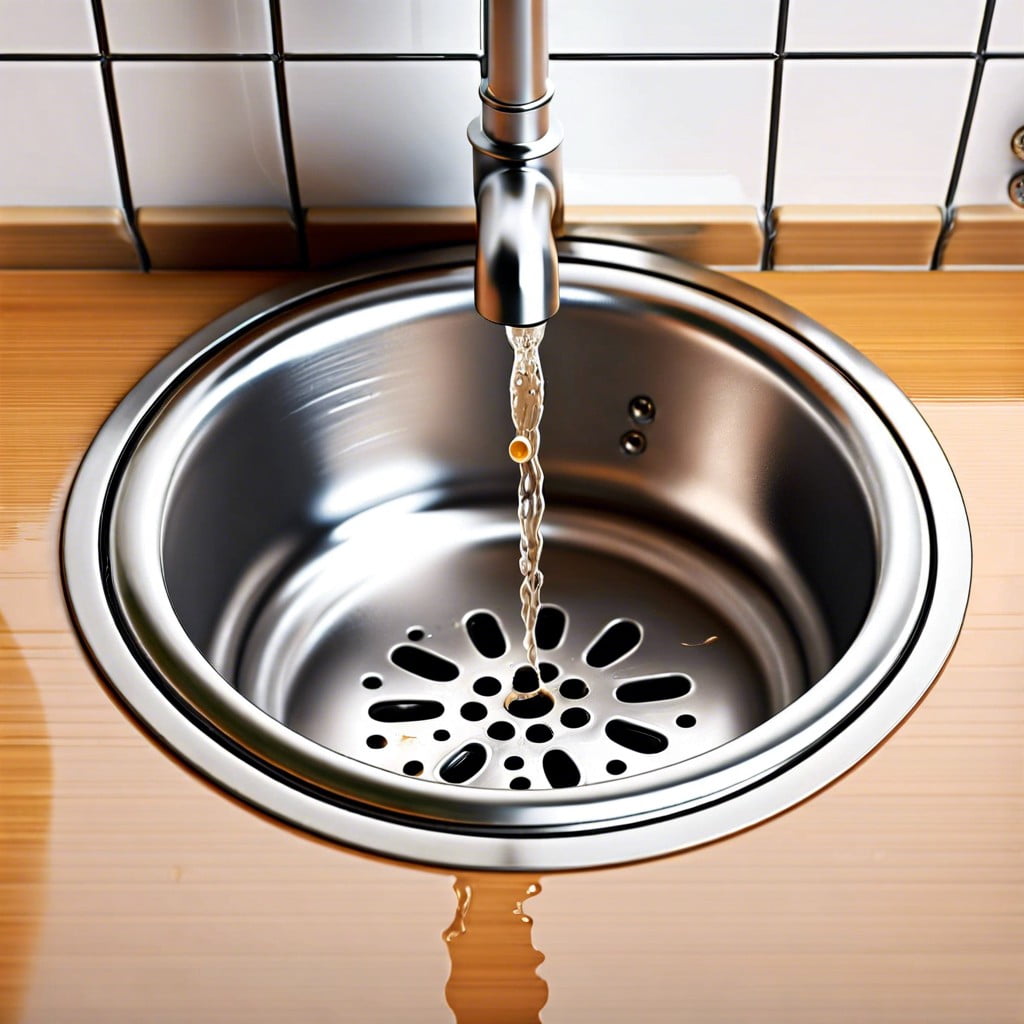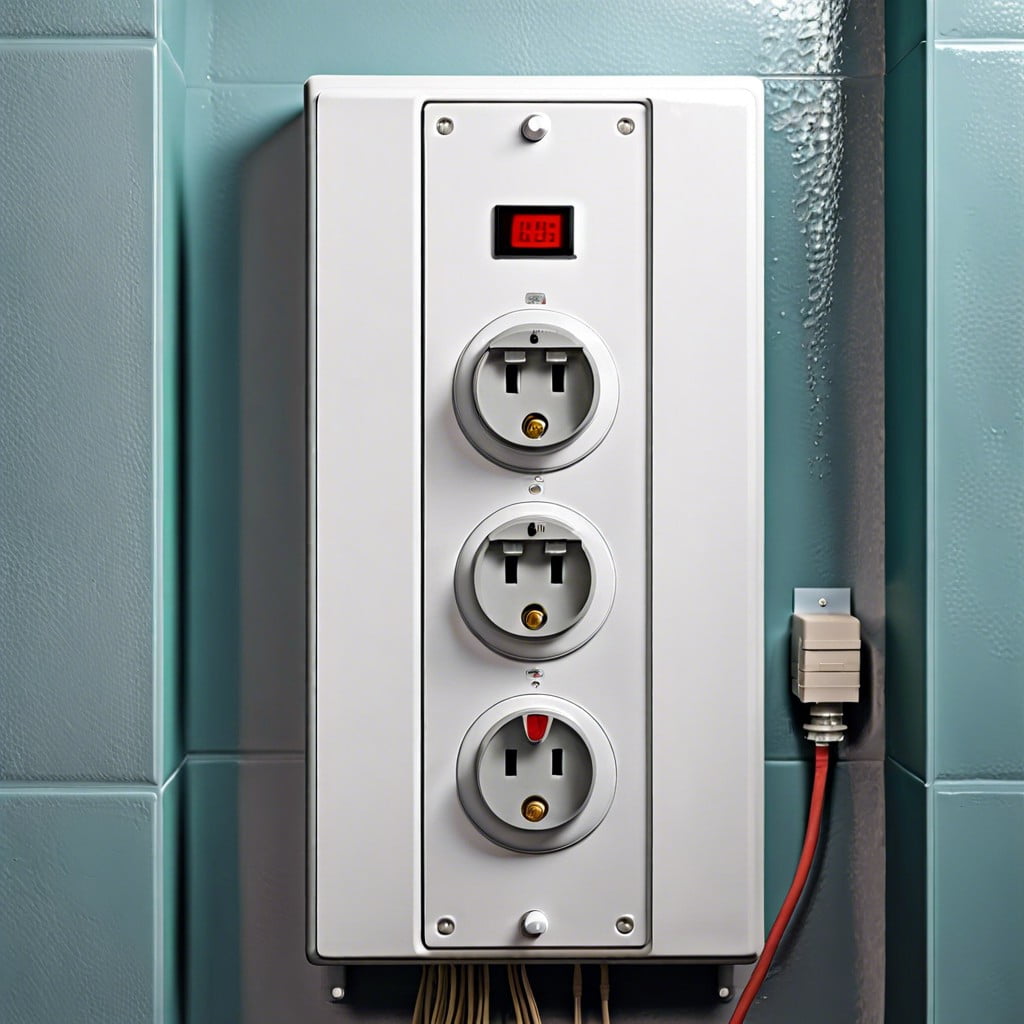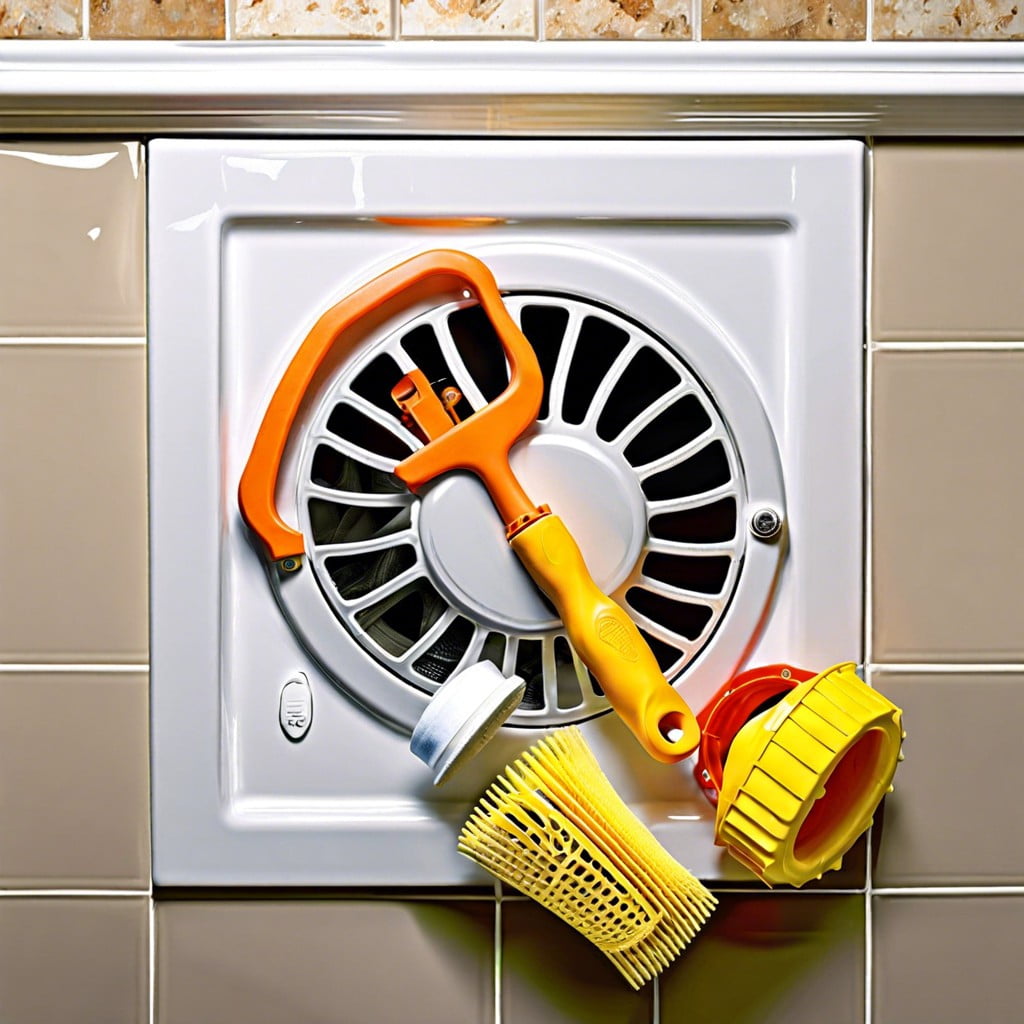Last updated on
Learn how to swiftly diagnose and fix a leaking bathroom faucet to stop water waste and prevent further damage to your bathroom fixtures.
Key takeaways:
- Turn off water supply and block the drain before starting.
- Identify the type of faucet to determine the repair steps.
- Replace worn-out seals, o-rings, or valve seats to fix leaks.
- Find the right parts by bringing old parts or checking online schematics.
- Consider age, condition, aesthetics, and cost before deciding to repair or replace.
Equipment / Tools
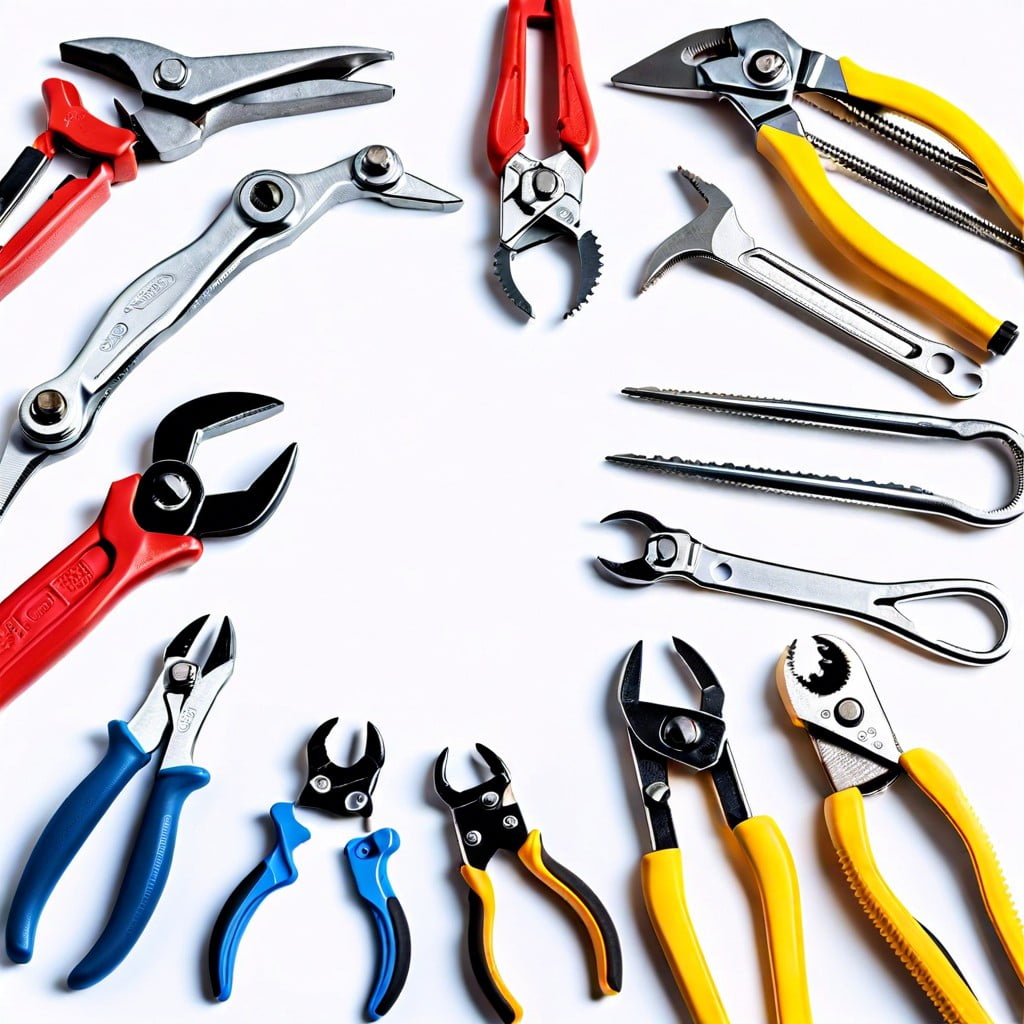
Embarking on a faucet repair might invoke visions of plumbing pandemonium, but rest assured, with the right tools at your disposal, it’s a manageable mission. Essentials include a set of adjustable wrenches to tackle nuts and bolts of various sizes. Allen wrenches are also critical—they’re often the key to dismantling the faucet handle. A flathead or Phillips screwdriver will come in handy for screws that are bound to surface in the process.
Don’t forget the plumber’s tape, a staple in preventing future leaks by securing threaded connections. Channel-lock pliers offer extra grip and torque for those stubborn components, while a basin wrench is a specialized tool that can reach nuts under the sink that others can’t. Finally, have a rag or small towel on hand to mop up any lingering water in the lines and protect the sink’s finish as you work.
Keep in mind, having quality tools not only ensures a smoother repair but can also protect your fixtures from damage that improvisation might incur. Remember, skimping on proper equipment might lead to a journey from leak to deluge.
Instructions
Begin by turning off the water supply to prevent any potential flooding; this is typically done by twisting the valves under the sink clockwise. Open the faucet to release any water left in the pipes. Block the drain to keep any small parts from disappearing down the void; a simple rag or sink stopper will do.
Identify the type of faucet you have: is it a cartridge, compression, ball, or ceramic-disk faucet? This dictates your next steps. Disassemble the handle and faucet body with the appropriate tools—remember to keep track of all parts and their order for reassembly.
For cartridge and ceramic-disk types, remove the decorative cap, unscrew, and extract the cartridge or disks. Clean them or replace if necessary. In ball faucets, replace the o-rings and springs, and consider a replacement kit for simplicity. Compression faucets typically require a new rubber washer at the end of the valve stem.
When reassembling, apply plumber’s grease where necessary for smooth operation. Reattach the handle and turn the water supply back on, gradually, to check for leaks. If the problem persists, it may indicate a more severe issue such as a flawed valve seat or worn seals, which could require a professional’s touch or a full replacement.
How to Fix a Bathroom Faucet That’s Leaking
Faucet leaks usually stem from worn-out seals, malfunctioning o-rings, or corroded valve seats – the culprits behind those irritating drips. Tackling the issue involves disassembling the faucet to pinpoint the faulty part, which can often be done with just a few basic tools.
Begin with shutting off the water supply to avoid turning your bathroom into a mini pool. This is crucial because even a small oversight can lead to a larger mess. Next, plug the drain; a simple but oft-forgotten step to prevent screws from taking a dive into the abyss of your plumbing.
With the preliminaries out of the way, remove the faucet handle. Different brands have different attachment methods – some use set screws, others rely on a screw concealed under a cap. It’s like a treasure hunt, except the prize is stopping the incessant drip.
Get to the heart of the faucet, where the stem or cartridge resides. This is often where your journey ends, as replacing these can remedy most leaks. They’re like the sentinels of your faucet, and once they fail, leaks ensue.
The last checkpoint is the valve seat, which can accumulate mineral deposits. Scrutinize it carefully – if it seems damaged, it might need replacing or simply a good cleaning.
Bear in mind, not all faucets are created equal. The compression type, with separate hot and cold handles, has its own quirks compared to the more modern single handle varieties. Understanding the architecture of your specific model is key; otherwise, you’re just a plumber in a porcelain shop.
In summary, remember the sequence: cut the water supply, safeguard the drain, disassemble the handle, inspect the stem or cartridge, and evaluate the valve seat. It’s a straightforward path to a leak-free faucet.
Finding the Right Parts
Securing the correct components for faucet repair is essential. Often, the issue lies with worn-out seals or O-rings, which are readily accessible at most hardware stores. Ensure compatibility by bringing the old parts when shopping for replacements – a surefire method to match size and style.
For cartridges or specific manufacturer parts, note the faucet’s model number, usually found on the device. Manufacturers often provide detailed schematics online, pinpointing the exact part needed. If uncertain, customer service lines can be a goldmine for guidance, preventing the headache of purchasing incorrect parts.
Some may advocate for universal repair kits as a quick fix, but tread with caution. They’re not a one-size-fits-all solution. A kit can work in a pinch, but for a long-term solution, specific, high-quality replacements are worth the investment. Remember, cutting corners with subpar components can lead to repeat leaks or damage to your faucet down the road. Quality matters.
Should You Fix or Replace the Faucet?
Assessing the age and condition of your faucet is crucial. Aged faucets that have gone through multiple repairs may not be worth the investment to fix again. Constant repairs can be a sign of an underlying issue that requires a total overhaul. Conversely, if your faucet is relatively new or has had few issues in the past, a repair could be a more cost-effective and straightforward solution.
Consider technological advancements and efficiency improvements. Modern faucets offer water conservation benefits and may contribute to lower utility bills over time. If your current faucet lacks these features, upgrading could be a smart move, both for your wallet and the environment.
Aesthetics play an undeniable role. A leaking faucet could be the nudge you need to update your bathroom’s look. Upgrading can refresh the space and increase your home’s appeal and value.
Lastly, calculate the cost difference. Sometimes, the price of repairing, especially if specialized parts are needed, can approach the cost of a brand-new faucet. In such cases, it may be more sensible to invest in a replacement rather than pouring money into a short-term fix.
Recap
